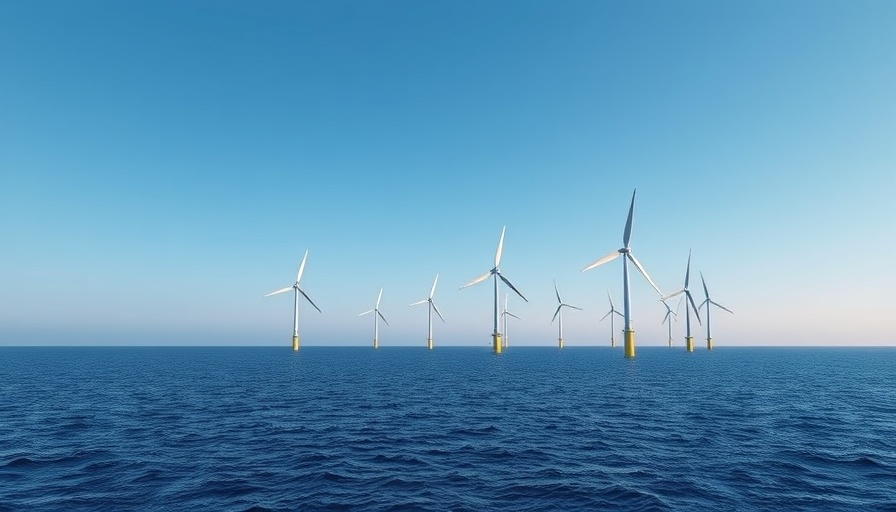
Who Would Have Predicted This Shift in Energy Prices?
Just ten years ago, fossil fuels were the undisputed champions of energy production worldwide. This dominance was reflected in the limited number of countries—only three—where wind power could outshine coal and gas. Solar energy, while praised for its potential, was viewed as too expensive. However, history has proven that change is possible when innovation intersects with necessity.
The Quickened Race of Renewables
In the span of a decade, the energy landscape has transformed dramatically. Wind energy has now become the go-to choice for many countries, with recent reports indicating that in the United States and the UK, wind is leading the charge towards lower energy costs. More impressively, solar power, which was once a niche player, is now the cheapest energy source in numerous nations, including Australia and several parts of India.
According to the International Renewable Energy Agency (IRENA), a staggering 91% of grid-scale renewable projects last year provided electricity at a cost lower than that of the cheapest fossil fuels. The plummeting prices for technologies such as concentrated solar power and offshore wind are noteworthy. These developments demonstrate the economic viability of renewables, challenging long-standing beliefs about the superiority of traditional energy sources.
Political Implications and Perspectives
Despite the factual evidence supporting renewables, opposition remains vocal. Notably, recent comments from political figures in Europe demonstrate a reflexive critique of wind energy, labeling it as “the most expensive form of energy.” Such remarks not only paint a misleading picture but also have real-world consequences. Policies that hinder the advancement of wind and solar energy, such as those implemented in the U.S., may lock nations into outdated and expensive energy sources, ultimately burdening taxpayers.
In the UK, discourse surrounding energy pricing highlights a critical challenge. The public's energy costs are tethered to gas prices, which artificially inflate their bills—something that the public has yet to fully comprehend. The potential return to fossil fuels, especially if influenced by parties like Reform, marks a significant setback against progress on climate action and sustainable energy generation.
Renewable Energy: The Clear Economic Advantage
Yet, all is not lost. With falling prices for renewable energy steadily translating into cost savings in various parts of the world, a clear opportunity lies ahead. Countries that embrace the transition to renewables not only benefit from lower energy costs but also from a myriad of associated economic advantages—such as job creation in the clean energy sector and increased energy independence.
Rethinking Our Energy Future
As we pivot to a more sustainable future, learning from countries leading the charge can offer valuable insights. The challenges faced by the UK—a nation at a crossroads—are not only about energy prices but about public perception and political will. The conversation about renewable energy must be reframed to focus on its benefits rather than its perceived downsides.
Why This Matters: A Global Perspective
Globally, the transition from fossil fuels to renewable energy isn't just an environmental concern but an economic imperative. As this shift permeates nations, understanding its implications may enlighten decisions made by consumers, businesses, and governments alike. The focus should remain on making the transition as smooth and beneficial as possible to avoid costly ramifications down the road.
Conclusion: The Call for Action
It’s clear that renewable energy is no longer an alternative but a formidable rival to fossil fuels. The economic advantages it presents can usher in a new age of energy independence and environmental stewardship. As individuals and communities, now is the time to advocate for policies that promote renewables and to question narratives that support the prolonged reliance on fossil fuels.
 Add Row
Add Row  Add
Add 




Write A Comment